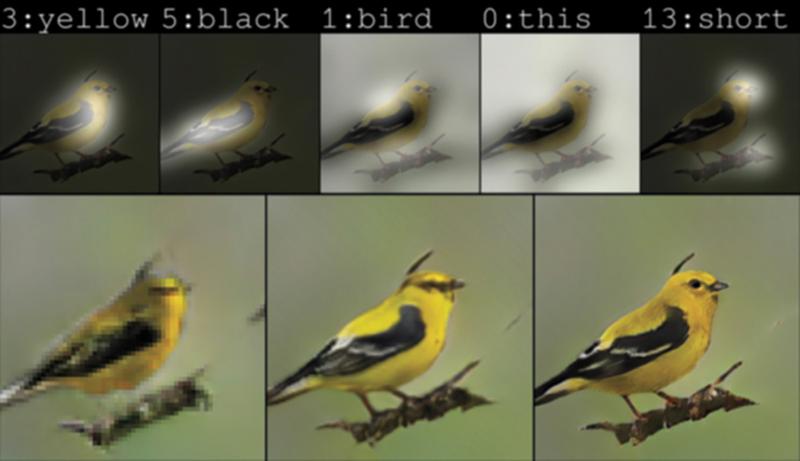The Role of Data in the Photographic Image
The addition of data to images in order to “enrich” their information content can be traced back to microphotography practices dating from the twentieth century. Estelle Blaschke focuses on the image-retrieval methods developed to cope with vast quantities of reproductions stored on film, and in particular the encoding of film for optical devices and automated retrieval systems. While these methods were subject to numerous technical limitations and were rarely more than prototypes, they offer an insight into today’s shift towards the importance of data and data management in digital photography. The general hypothesis of the article is that methods of making images more informative are ultimately driven by a capitalist rationale of exploitation for specific, often utilitarian purposes.

Élaboration d’une image par le robot dessinateur de Microsoft, tirée de « Microsoft, The AI Blog », 18 janvier 2018. En ligne <blogs.microsoft.com/ai/drawing-ai>.
Estelle Blaschke is pursuing post-doctoral research at the University of Lausanne and teaching at the École Cantonale d’Art de Lausanne. With Olivier Lugon and Davide Nerini she is currently working on the history of microfilm as part of two projects financed by the Swiss National Science Foundation: “Encapsulating World Culture. The Rise and the Imaginary of Microfilm (1920s to 1950s)” and “On the Verge of the Computer Age. Microforms and Image Retrieval Systems (1950s to 1980s)”. She was a researcher at the Max Planck Institute in Berlin (2009–2011 and 2014) and the Visual Studies Research Center at the University of Southern California (2017). She is the author of Banking on Images. The Bettmann Archive and Corbis (2016).
Keywords: image retrieval, data, encoding, microfilm, Emanuel Goldberg, Eastman Kodak
Citation: Estelle Blaschke, « De la microforme au robot dessinateur. La place des données dans l’image photographique », Transbordeur. Photographie histoire société, no. 3, 2019, pp. 90-105.